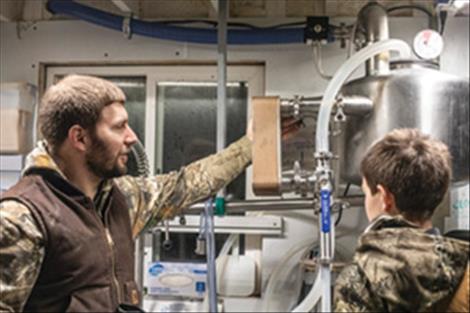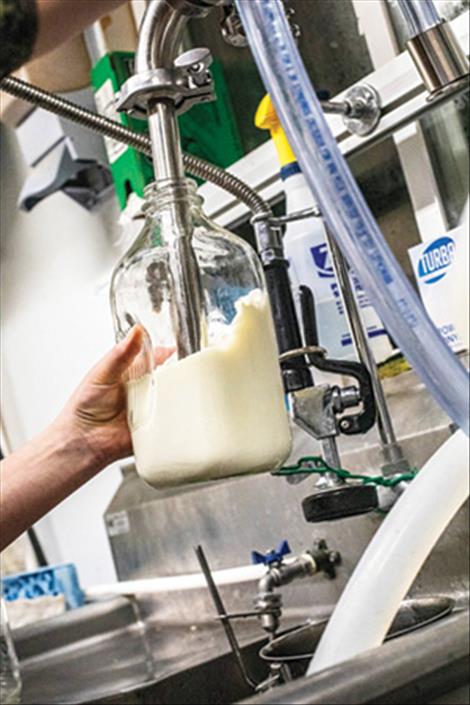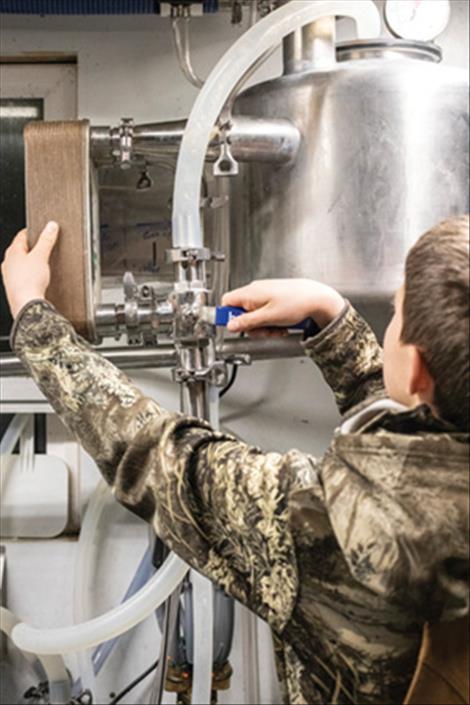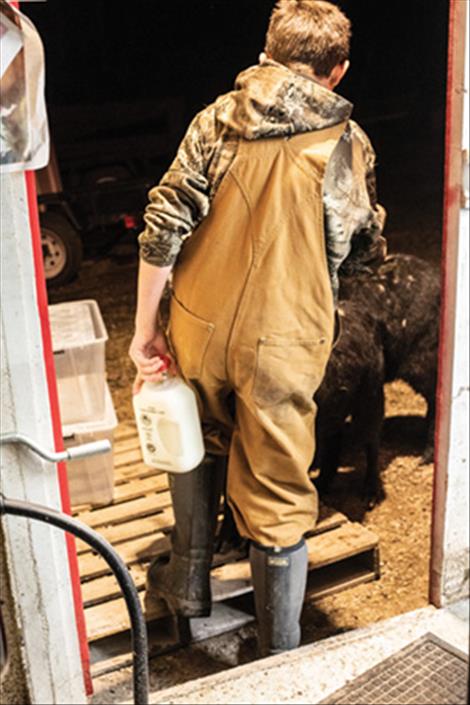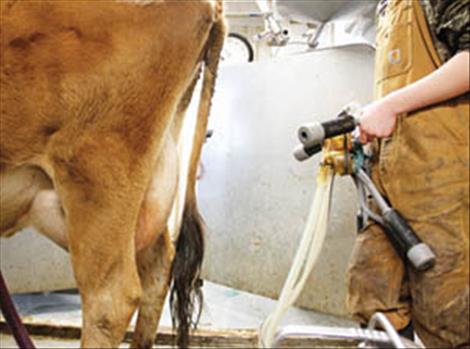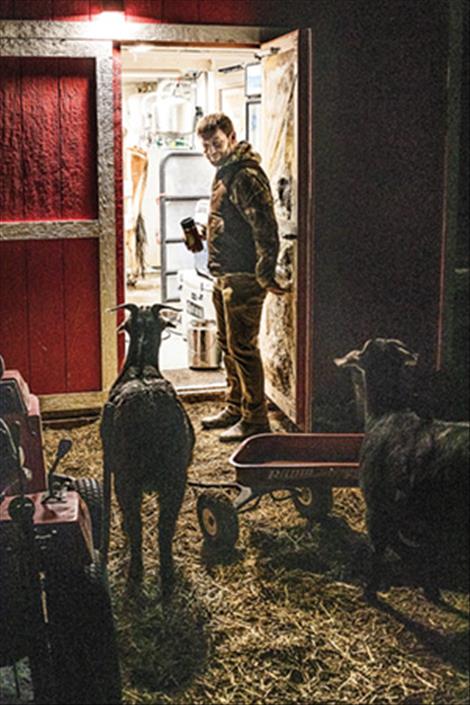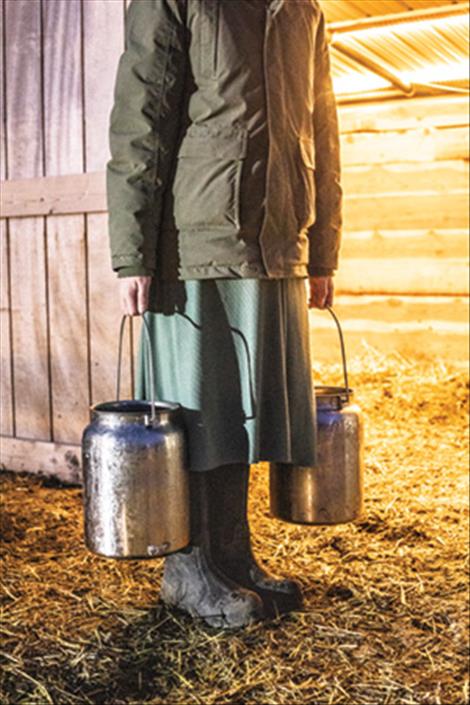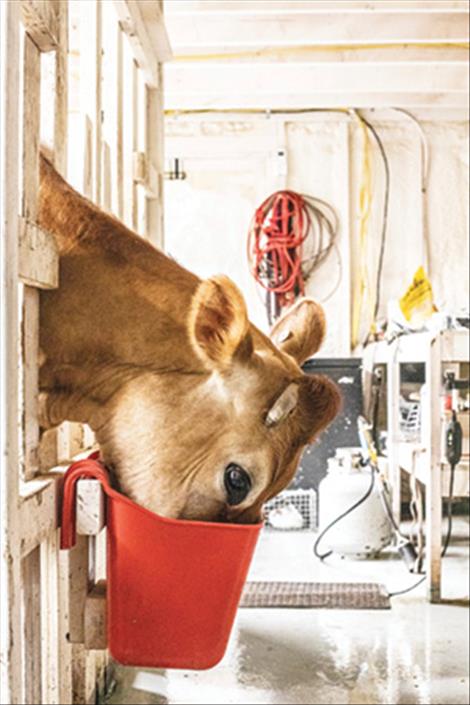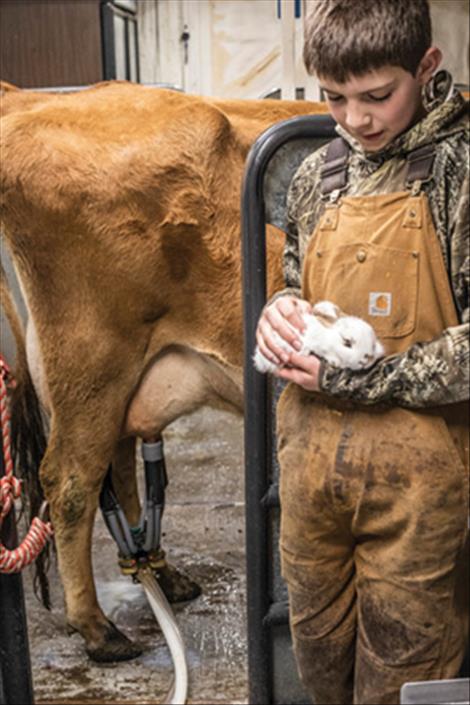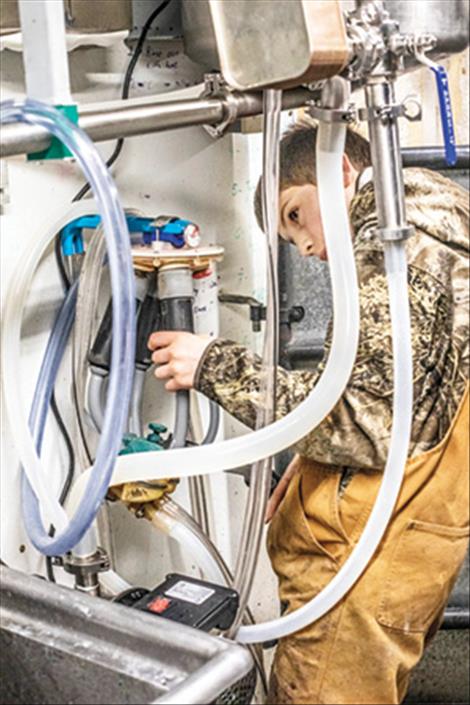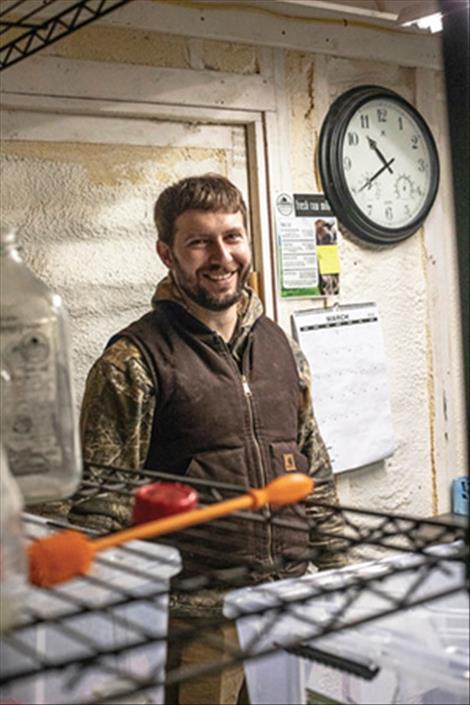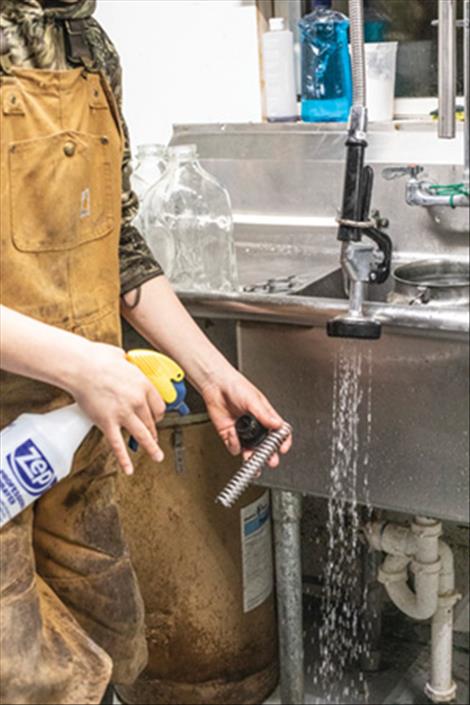Food Choice Bill allows for return of raw milk operations
Hey savvy news reader! Thanks for choosing local.
You are now reading
1 of 3 free articles.
For most of the history of mankind, consuming animals and animal products required a much closer relationship with harvest and production than the methods of the 21st century.
If you wanted beef, you’d have to raise and kill it yourself, or at the very least, be in contact with someone local who did. If you wanted milk, you’d have to milk your cow, twice per day.
But by the 1920s there was a push by public health advocates for pasteurization and sanitation that led to commercialization of the meat and dairy industries on a large scale. At the time, it made a lot of sense. Only 8 percent of American homes had refrigeration at the start of the 1930s and by the end of the decade only 44 percent would have the appliance. Food-borne illness outbreaks tied to dairy products were so prevalent that some scientists in the late 1800s and early 1900s even pushed formaldehyde as a possible preservative, experimenting with the cost/benefits of using the chemical that already had known negative health impacts. Hundreds of children reportedly died.
A century later, almost all American homes have refrigerators, as well as access to resources to help keep their meat and milk safe, either by keeping it cold and/or pasteurizing it at home. However, laws across the U.S. have continued to operate in the memory of illness outbreaks that occurred decades ago, in favor of highly regulated meat and dairy industries. As regulation, commercialization, and conglomeration have proliferated, fewer and fewer Americans know where their food is actually coming from. A famous online survey done by the Innovation Center of U.S. Dairy found that 7 of 100 American adults thought chocolate milk comes from brown cows. Another study of American schoolchildren released in 2021 found more than 1/3 of children ages 4-7 believed that bacon, hot dogs, chicken nuggets, shrimp, cheese and hamburgers come from plants. Nearly half the children in the study thought that French fries originated from animals.
Emily and Travis Jordan are parents who worry about statistics like these. They say their primary driver in moving toward a homestead-type lifestyle over the past few years has been so their children have knowledge about where their food comes from.
Travis says he wants to teach his children that farm animals can be both cute and cuddly as new chicks and calves, but also deliciously nutritious when it comes time for a purposeful harvest. Two years ago, the couple started eyeing milk cows as part of this lifestyle.
“Emily was excited about cows and kind of begged for them,” Travis said.
The family found that they loved milking.
“We didn’t expect it to be so easy,” Emily said.
At the time, there wasn’t a whole lot the family could do with their extra milk.
“Milk was more illegal to sell than if you sold marijuana,” Travis said. “In terms of the fines, at least. The fines were higher.”
In summer 2021, that all changed when the Local Food Choice Act was passed and signed into law by Governor Greg Gianforte. State Senator Greg Hertz of Polson sponsored the bill and argued in its favor before the state’s Health and Human Services Committee.
“I am not asking for any grants. I am not asking for any credits,” Hertz told the committee. “I am just asking the government to get out of our way.”
The bill allows the sale of raw milk by small farms with up to five lactating cows, 10 lactating sheep or 10 lactating goats. It also deregulates other requirements for other homemade cottage foods and allows expanded opportunities for smaller poultry producers who slaughter less than 1,000 birds per year.
The Jordans couldn’t resist the opportunity to market their milk and quickly found that demand was high. People have come from Thompson Falls, Whitefish, and Missoula to get milk from the farm. The bill prohibits retailing the milk. Instead, customers have a refrigerated drop box in Ronan where they can pick up milk they’ve purchased. There is no point-of-sale system.
“It’s on the honor system,” Travis said. While a couple of people have taken advantage and stolen milk, the Jordans say they have been pleasantly surprised by people’s honesty.
The Jordan Homestead plans to expand from one cow to five in the near future. They also have chickens and are eyeing other ways to make use of their land.
“How much can you accomplish on a 5-acre parcel?” is the questions the Jordans are now exploring.
Their 13-year-old now says that when he graduates, he’d like to try milking cows for a living.
Travis said the couple are aware that locally produced raw milk has a hurdle of misconceptions to overcome. Travis said that he also was very skeptical at first, but through education learned about modern ways of sterilizing and handling the milk that make him comfortable when giving it to his own children and marketing it to others.
“How much ignorance can we dispel?” is another question the farm homes to tackle as it markets products to the public, Travis said.
As the Jordans find success in their new endeavors and explore future possibilities, Travis says that it’s the Local Food Choice Act that really opened up opportunities.
“90% of credit goes to the bill,” Travis said, saying that it made owning a dairy cow to go from being “a hobby and money drain to something sustainable.”
To reach the Jordans, visit the Jordan Homestead on Facebook or at its website: https://www.jordanhomestead.us/.















